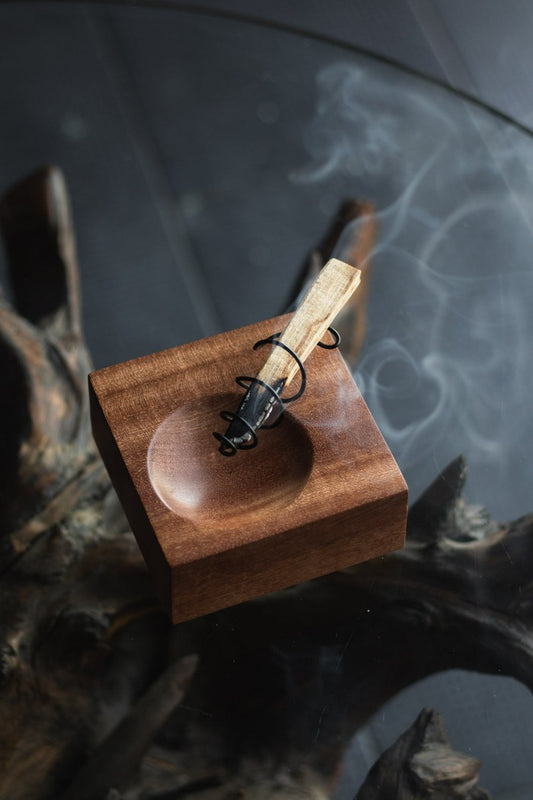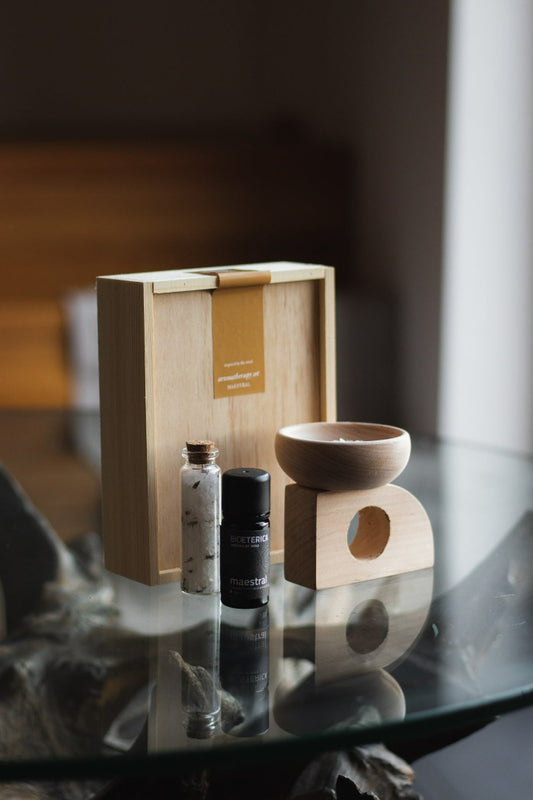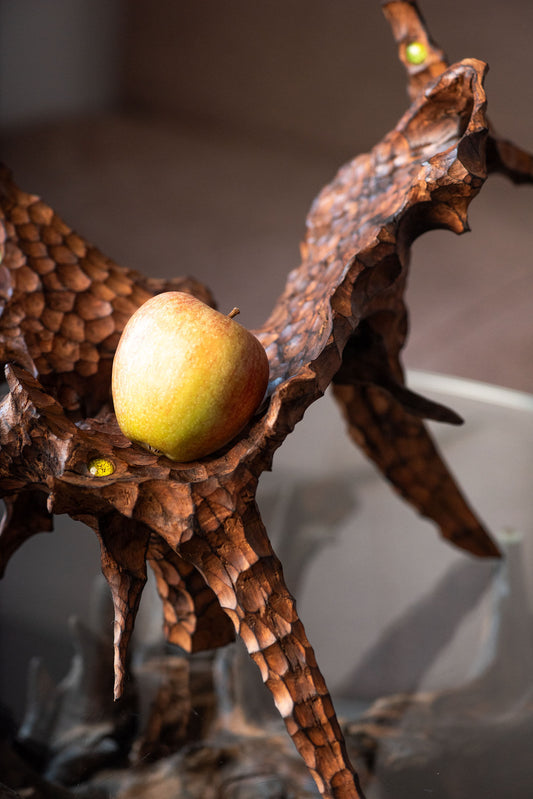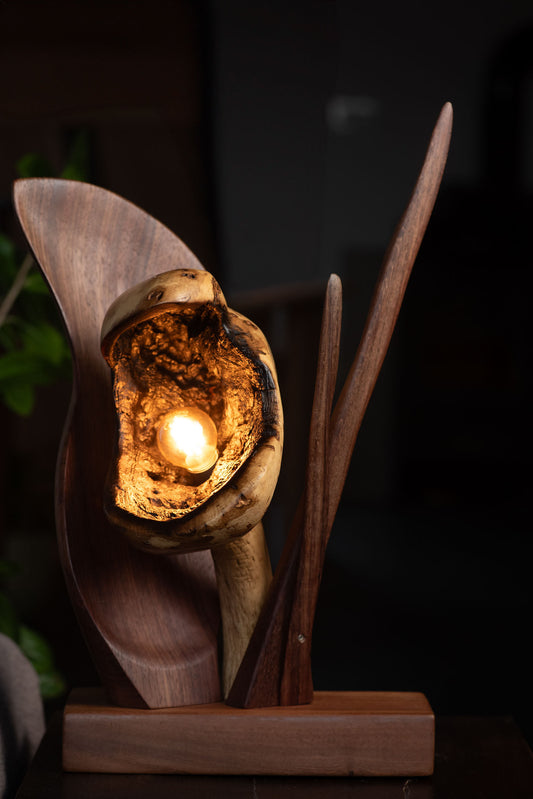In a world often filled with hustle and bustle, finding moments of tranquility and connection with the self is invaluable. Throughout history, cultures worldwide have discovered the power of incense burning rituals as a means to cultivate an atmosphere of serenity, spirituality, and mindfulness. Join us on a journey to explore the ancient and timeless practice of burning incense and its profound impact on our senses and spirits.
The History of Incense
The ritualistic burning of incense dates back thousands of years, with its origins deeply rooted in various cultures and traditions. Ancient civilizations such as the Egyptians, Babylonians, Chinese, and Indigenous peoples all embraced the aromatic allure of incense for ceremonial, medicinal, and spiritual purposes.
In ancient Egypt, incense played a vital role in religious rituals, believed to facilitate communication between the earthly and divine realms. The Babylonians utilized incense in offerings to their deities, while in China, it was employed in traditional medicine and Taoist ceremonies.
The Spiritual Significance
Across different faiths and spiritual practices, incense holds significant symbolism. In Hinduism, the fragrant plumes of incense are offered to deities as a form of worship during ceremonies and prayers. Buddhists incorporate incense burning into meditation sessions to create a conducive environment for mindfulness and spiritual awakening. Similarly, in Christian rituals, incense is often used during Mass to symbolize prayers ascending to the heavens.
The Aromatherapy Connection
Beyond its spiritual connotations, incense burning also has therapeutic benefits rooted in the principles of aromatherapy. Different fragrances evoke distinct emotions and moods, providing a means to enhance relaxation, focus, and mental clarity.
Lavender incense, for instance, is renowned for its calming properties, making it ideal for stress relief and promoting better sleep. Sandalwood incense is prized for its grounding effect, fostering a sense of inner peace and stability. Meanwhile, citrus scents like lemon and orange invigorate the senses, boosting energy and uplifting the mood.
Creating Your Incense Burning Ritual
Embarking on your incense burning journey can be a deeply personal and enriching experience. Here are some steps to help you craft your own ritual:- Choose Your Incense: Select a fragrance that resonates with your intentions and mood. Whether you seek relaxation, inspiration, or spiritual connection, there's an incense scent to suit your needs.
- Set the Scene: Create a sacred space for your ritual. Clear clutter, dim the lights, and perhaps play soft music or nature sounds to enhance the ambiance.
- Light the Incense: With intention, ignite the tip of the incense stick or cone. Allow the flame to flicker briefly before gently blowing it out, leaving behind a fragrant wisp of smoke.
- Mindful Meditation: As the incense burns, take a moment to center yourself. Close your eyes, inhale deeply, and focus on the aroma permeating the air. Let your thoughts drift away as you immerse yourself in the present moment.
- Reflect and Reconnect: Use this time for introspection, reflection, or prayer. Allow the scent of the incense to guide you inward, fostering a sense of peace and connection with your innermost self or spiritual beliefs.
In a world inundated with distractions and noise, incense burning rituals offer a sacred sanctuary for quiet contemplation and rejuvenation. Whether practiced individually or as part of a communal ceremony, the art of burning incense transcends time and culture, inviting us to pause, breathe, and reconnect with the essence of our being. So, let us embrace this ancient tradition with reverence and gratitude, allowing its fragrant tendrils to weave harmony and serenity into the fabric of our lives.





